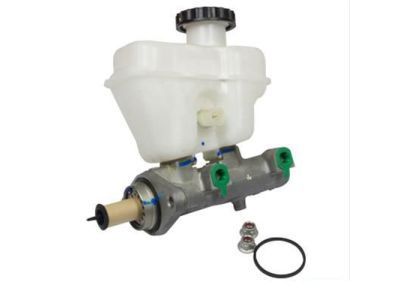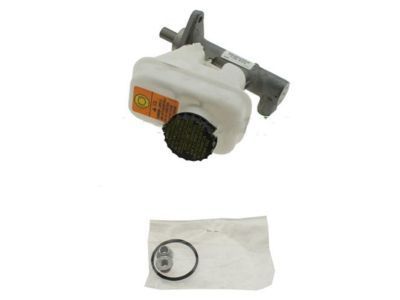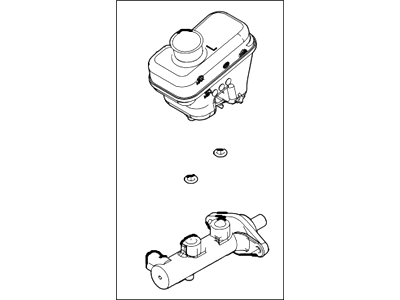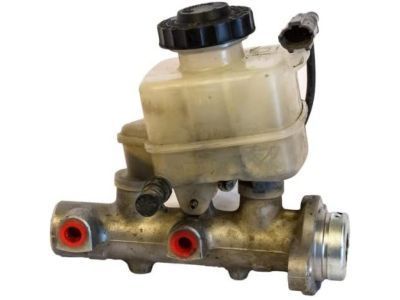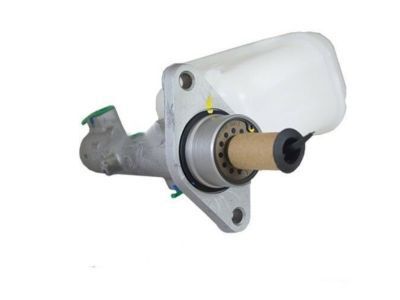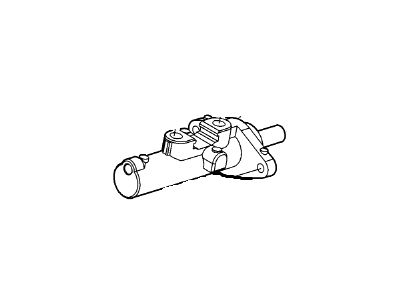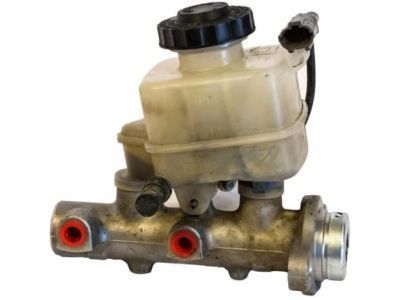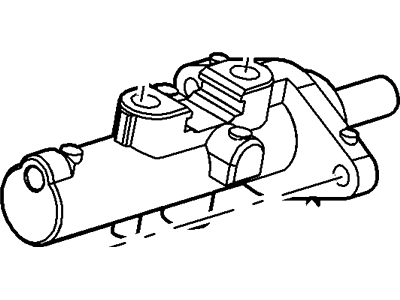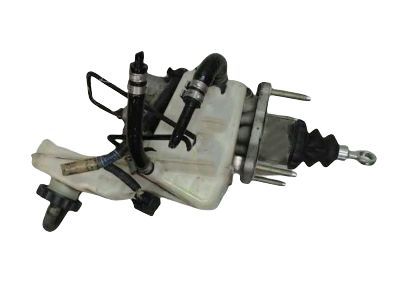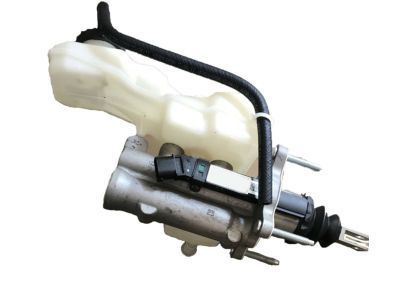

My Garage
My Account
Cart
Genuine Mercury Mariner Brake Master Cylinder
- Select Vehicle by Model
- Select Vehicle by VIN
Select Vehicle by Model
orMake
Model
Year
Select Vehicle by VIN
For the most accurate results, select vehicle by your VIN (Vehicle Identification Number).
12 Brake Master Cylinders found
Mercury Mariner Kit - Master Cylinder Repair
Part Number: 9M6Z-2140-A$154.91 MSRP: $262.00You Save: $107.09 (41%)Mercury Mariner Kit - Master Cylinder Repair
Part Number: 8L8Z-2140-A$136.53 MSRP: $230.91You Save: $94.38 (41%)Mercury Mariner Kit - Master Cylinder Repair
Part Number: 9L8Z-2140-A$146.98 MSRP: $242.95You Save: $95.97 (40%)Mercury Mariner Kit - Master Cylinder Repair
Part Number: 6L8Z-2140-B$94.75 MSRP: $129.46You Save: $34.71 (27%)Mercury Mariner Kit - Master Cylinder Repair
Part Number: 6L8Z-2140-C$145.20 MSRP: $201.71You Save: $56.51 (29%)Ships in 1-2 Business DaysMercury Mariner Kit - Master Cylinder Repair
Part Number: 9L8Z-2140-C$91.44 MSRP: $127.03You Save: $35.59 (29%)Ships in 1-2 Business Days
Mercury Mariner Brake Master Cylinder
The Brake Master Cylinder is an essential part of Mercury Mariner vehicles as it transforms the pressure coming from the foot in terms of hydraulic force. The hydraulic pressure is then transmitted to the slave cylinders and these then apply the brakes to create the needed friction to effect the stoppage of the vehicle. In most cases, the brake system of Mercury Mariner is designed as a dual circuit master cylinder so that if one circuit is inoperable the other one will afford sufficient stopping power. The Brake Master Cylinder is often located on the front of the vacuum power booster and may incorporated built-in or an additional working fluid reservoir. There are two kinds of integral reservoirs - those with a single threaded cap, and external reservoirs that may have one or two threaded caps. Over the years, variations in design may have occurred, but the fundamental function remains consistent: for the purpose of preserving appropriate levels of braking efficiency and safety in the Mercury Mariner. Failure of brakes is calamitous and requires frequent check-ups to avoid some mishaps, which may include fluid leaks, or internal failures of braking system.
We provide a wide range of Mercury Mariner Brake Master Cylinder at the best prices possible. If you need Mercury Mariner Brake Master Cylinder, you can shop with confidence on our website. All our OEM parts come with a manufacturer's warranty and are delivered to your door step with a fast delivery service.
Mercury Mariner Brake Master Cylinder Parts Questions & Experts Answers
- Q: How is the master cylinder removed from the engine compartment on Mercury Mariner?A:The brake master cylinder, located in the engine compartment and attached to the power Brake Booster, is removed by first extracting as much fluid as possible from the reservoir using a syringe. The area is then prepared by placing rags underneath and prepping caps or bags to cover the Brake Lines once disconnected, taking care to avoid spilling the brake fluid which can damage paint. On manual transaxle models, the clutch master cylinder supply hose is detached from the brake fluid reservoir. Next, the fittings at the ends of the brake lines are loosened where they enter the brake master cylinder, using a flare-nut wrench to prevent rounding off the corners of the nuts. The brake lines are then pulled slightly away from the brake master cylinder and the ends plugged to avoid contamination. The electrical connector at the brake fluid level switch on the brake master cylinder reservoir is then disconnected, and the nuts attaching the brake master cylinder to the power booster removed. The brake master cylinder is then carefully pulled off the studs and out of the engine compartment. If a new brake master cylinder is being installed, the reservoir is removed from the brake master cylinder and transferred to the new one, taking care to install new seals during the transfer. Before installing, the new brake master cylinder is bled by mounting it in a vise and attaching bleeder tubes to the outlet ports. The reservoir is filled with recommended brake fluid, and the pistons slowly pushed into the brake master cylinder using a large Phillips screwdriver until no more air bubbles are present. The bleed tubes are then removed, and plugs installed in the open ports to prevent fluid leakage and air intake. The brake master cylinder is then installed over the studs on the power brake booster, with the attaching nuts tightened only finger tight. A new O-ring is installed into the sleeve of the brake master cylinder, and the brake line fittings threaded into the brake master cylinder, with the fittings tightened to avoid stripping the threads. After filling the brake master cylinder reservoir with fluid, the brake master cylinder and brake system are bled by having an assistant depress the brake pedal and hold it to the floor while loosening the fitting to allow air and fluid to escape. After rinsing the area under the brake master cylinder with clean water, the operation of the brake system is carefully tested before resuming normal service.
